QuestionQUESTION: How can i help my mare who just lost her one month old baby colt?
Please !
ANSWER: Hi Dary,
Thank you for your question. I'm so sorry that your mare lost her foal, for both you and her. Horses can be very maternal so I'm certain they feel an emotional loss when a foal dies. She will be stressed and call for her foal for perhaps a week or two but it will pass. But I'm not sure what you can do to help her from a grieving standpoint, other than perhaps pay her a little more personal attention and one-on-one time. Trying to find her another foal will probably not work, and she may act dangerously towards a new horse. Emotionally, time will heal all wounds :)
There are some physiological considerations that you have to look at when it comes to the loss of the foal. At a week into lactation, your mare was likely starting to produce significant amounts of milk. With the loss of the foal, you will find her udder becomes very swollen, warm and tender, and because she no longer has a foal nursing she has an increased risk of developing mastitis. The best steps you can take in helping her udder is to take her off from any and all grain and treats and put her on a forage (hay or grass) only diet for at least one month. Limit salt intake for about a week but continue to allow full access to fresh water. Some people believe that withholding water helps them 'dry up' faster but doing so will cause more problems than it will solve. Although manually stripping milk out of the udder will help relieve the pressure of the milk buildup, it will also stimulate more milk production...so I would not recommend it. The horse's body will stop producing milk when it realizes that none is being removed from the udder. If her udder begins to leak from the pressure of milk buildup, make an effort to keep the teats clean (with a very mild iodine solution) to keep bacteria from traveling up the ducts and creating an infection. If the udder develops visibly red lumps, that are hot to the touch, you need to contact your veterinarian as it is a sign of mastitis developing...which needs to be treated with penicillin. Exercise will also help take the swelling and fluid out of the udder by increasing blood circulation...but stick with slow and steady exercise as opposed to intense work.
Again, I'm sorry for your mare's loss. One day, she will be herself again :)
Thanks, Corlena
---------- FOLLOW-UP ----------
QUESTION: Thanks for the info!
We have being renoving the milk from her udder once a day for five days as my Vet told me! She is looking very calm down as the days go on, i stop her grain feed the day her baby died!
However i havent notice any mastitis sign! I hope she hasnt got any bacteria from Us Milking her udder to relieve the pressure. How can i make sure she didnt get a mastitis?
I have her on pasture alone but i am planning on changing her to a pasture with another expecting mare after some mire days, will that be a good idea?
Thanks
ANSWER: Hi Dary,
I'm glad to hear that your mare is adjusting to her loss. Some vets will suggest that you milk out the mare to relieve the pressure, which is fine as long as the udder is kept good and clean. It will ultimately prolong the amount of time it takes for her to dry up, but I'm not going to suggest that you deviate from your vet's recommendations. Mastitis would be very easy to spot if your mare has developed it. Her udder would have very hard, red lumps that are painful to the touch...and the infection in the udder would spread very quickly through her system and make her sick. She would develop a fever, and probably slow down or stop eating. There would be no mistaking she had an infection so the fact that you haven't noticed anything wrong with her is a good indication that she is just fine. I think your idea of providing her with a pasture mate is a good one, I'm sure it will help put her at ease.
It's nice to see that you are working so hard to keep her happy, good job.
Thanks, Corlena
---------- FOLLOW-UP ----------
QUESTION: How can i treat a slpint bone on both front legs of a two year old horse? The Vet said is not fracture he told me is due to nutritional factor!
AnswerHi Dary,
Thanks for your question. Splints can have some link to nutrition although an unbalanced diet is not the sole reason for their development. The key to nutritionally cutting down on the risk of splints or even fractures/breaks is ensuring proper calcium, phosphorous and magnesium nutrition.
You want to make sure that your horse is consuming enough of the macrominerals, and that they are being consumed in the proper ratios. For a 2 year old horse, the Calcium:Phosphorous ratio should be 1.8:1 to 2:1. This will ensure that the horse can build healthy bone. Additionally, natural exercise will help the horse use these nutrients to develop bone density.
The calculations required to balance a ration can be extensive so the best thing to do is contact your local equine nutritionist...if you're not sure who that might be, speak to your feed dealer as they often have someone on staff who can help. I could run the numbers for you if you can provide me with your horse's body weight, workload, the type of forage your horse is consuming and what feed/feed company you are feeding. Until you are able to get a ration balanced, you can visit your local feed dealer and ask them for a pelleted mineral with a 2:1 Calcium/Phosphorous ratio. This type of mineral will also be fortified with magnesium and a wide array of microminerals and vitamins. Suggested feeding rates should be listed on the bag as a starting point.
If you would like me to work on your ration, just forward me your specs.
Thanks, Corlena

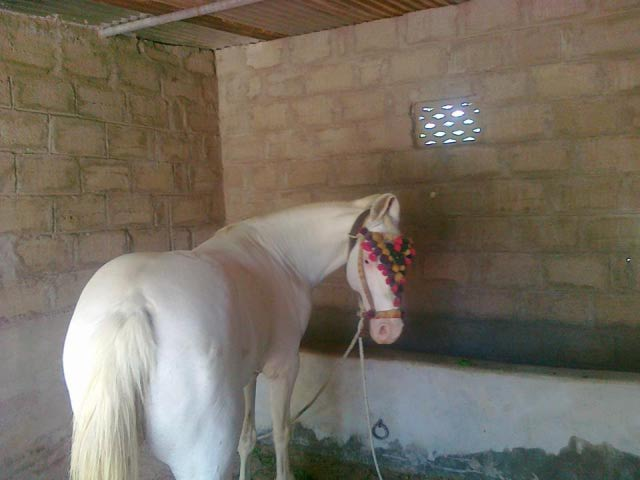 fully conditioned
Question
fully conditioned
hello maam. is this h
fully conditioned
Question
fully conditioned
hello maam. is this h
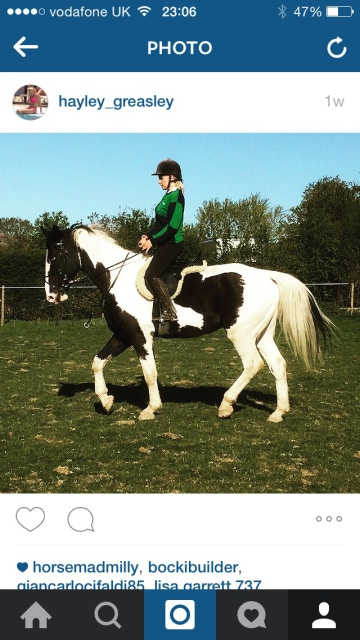 Feeding
Question
Cisco
I have a 17.2 Dutch warmblood who
Feeding
Question
Cisco
I have a 17.2 Dutch warmblood who
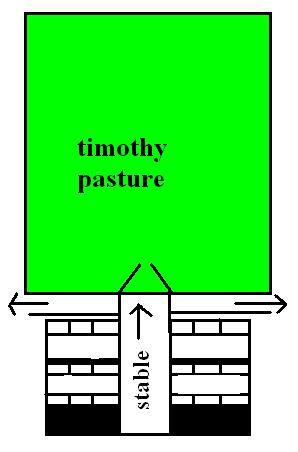 stables inside my pasture
Question
stables inside my past
hello maam, can i set l
stables inside my pasture
Question
stables inside my past
hello maam, can i set l
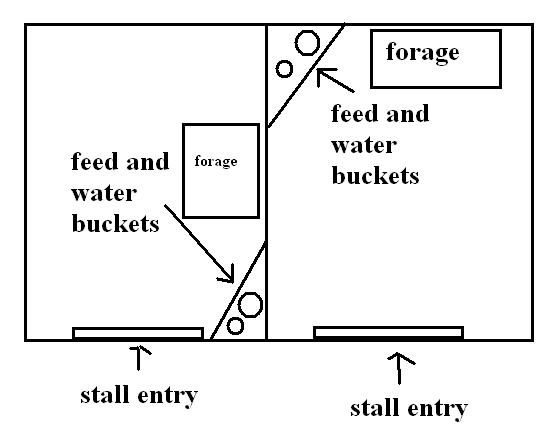 position for feed box, water bucket in the stall
Question
position for feed box,
hello, where should the
position for feed box, water bucket in the stall
Question
position for feed box,
hello, where should the
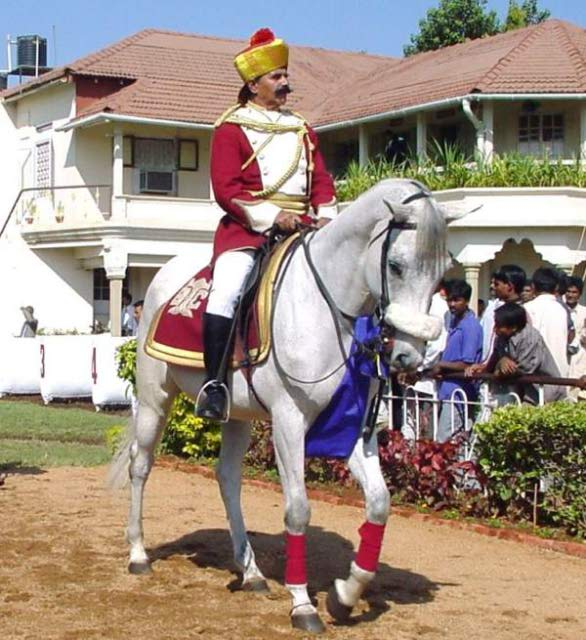 horse appearing fat
Question
horse appearing fat
hello maam, is this
horse appearing fat
Question
horse appearing fat
hello maam, is this